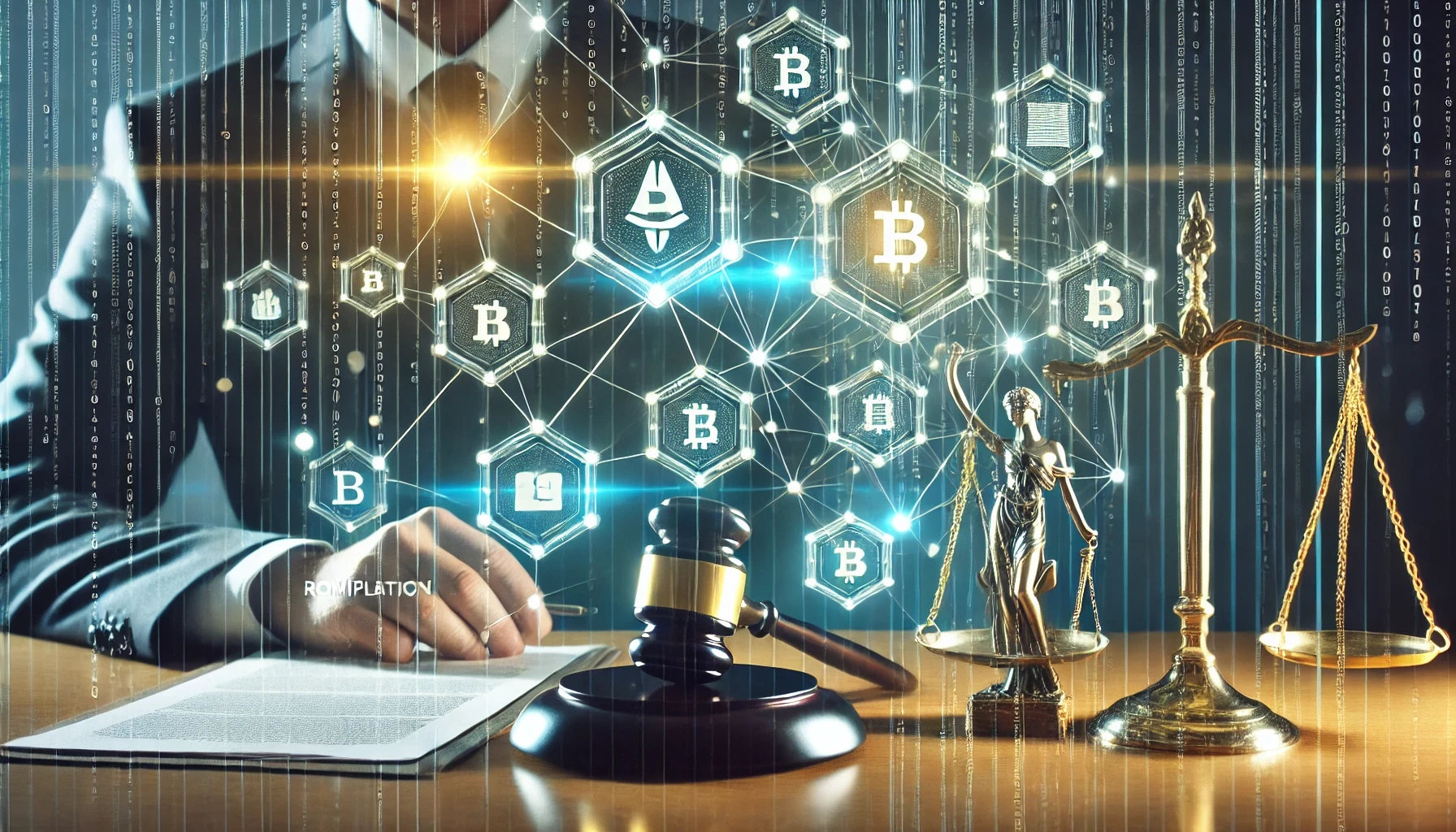1. Why Is DeFi Under Regulatory Scrutiny?
The explosive growth of DeFi has raised concerns for regulators due to:
Lack of Consumer Protections: Users face significant risks from hacks, scams, and rug pulls.
Money Laundering Risks: The pseudonymous nature of DeFi makes it attractive for illicit activities.
Tax Evasion: Governments struggle to track and tax DeFi earnings.
Systemic Risks: Unregulated lending and leverage in DeFi protocols could pose risks to the broader financial system.
2. Key Areas of Regulatory Focus
a. Know Your Customer (KYC) and Anti-Money Laundering (AML)
Regulators may require DeFi platforms to implement KYC and AML processes.
Impact: This could undermine DeFi’s core principle of anonymity but improve trust and security.
Example: Centralized exchanges like Binance already comply with KYC/AML regulations.
b. Smart Contract Audits
Regulators may mandate thorough audits of DeFi protocols to ensure security and reduce vulnerabilities.
Impact: Increased transparency but higher development costs for new projects.
c. Token Classification
Governments might classify certain DeFi tokens as securities, subjecting them to strict regulations.
Impact: Projects would need to register with regulatory bodies, limiting the ability of smaller teams to innovate.
d. Stablecoin Oversight
Stablecoins, often used in DeFi, are under scrutiny for their role in financial markets.
Impact: Regulations could require stablecoin issuers to maintain reserves and comply with banking laws.
Example: The U.S. Treasury has proposed treating stablecoins like traditional bank deposits.
3. Potential Positive Impacts of Regulation on DeFi
a. Enhanced Credibility
Regulations could make DeFi more appealing to institutional investors by reducing risks and increasing transparency.
b. Greater Consumer Protection
Measures like mandatory audits, insurance protocols, and standardized practices can safeguard user funds.
c. Broader Adoption
Clear regulatory frameworks can encourage mainstream adoption by making DeFi less intimidating to new users.
d. Reduced Scams and Exploits
Regulation can deter bad actors by imposing legal consequences for fraudulent activities.
4. Potential Negative Impacts of Regulation on DeFi
a. Stifled Innovation
Regulatory compliance can increase costs and slow down the pace of development, particularly for small or decentralized teams.
b. Loss of Decentralization
Imposing KYC/AML requirements may shift DeFi closer to traditional financial systems, compromising its decentralized ethos.
c. Exclusion of Small Players
Startups and independent developers may struggle to navigate complex regulatory landscapes, leading to market centralization.
d. Geographic Fragmentation
Differing regulations across jurisdictions could fragment the global DeFi ecosystem.
5. Case Studies: How Regulation Has Already Impacted DeFi
a. Uniswap’s Token Delistings
Uniswap, a leading DeFi platform, voluntarily delisted certain tokens to avoid regulatory scrutiny.
Impact: Highlights how platforms are adapting to potential compliance requirements.
b. Binance Smart Chain and Compliance
Binance introduced stricter KYC rules, even for decentralized applications on its chain.
Impact: Signals how platforms may voluntarily comply with regulations to avoid penalties.
6. The Balance Between Regulation and Decentralization
a. Self-Regulation by DeFi Projects
DeFi projects can preempt regulatory intervention by adopting self-regulatory practices such as audits, transparency reports, and community governance.
b. Collaborative Approach
Regulators and DeFi developers must work together to create frameworks that ensure compliance without stifling innovation.
c. Emerging Trends
Decentralized KYC Solutions: Blockchain-based identity verification systems that preserve user privacy while complying with regulations.
Insurance Protocols: Cover user funds in case of hacks or contract failures, reducing the need for external intervention.
7. What the Future Could Look Like
Scenario 1: Proactive Regulation Boosts DeFi
Clear rules foster trust, attract institutional capital, and increase user adoption.
Innovation thrives within well-defined boundaries.
Scenario 2: Over-Regulation Stifles Growth
Excessive restrictions force projects to shut down or move to less regulated jurisdictions.
Users shift to underground markets, increasing risks.
Scenario 3: Balanced Regulation and Innovation
Flexible frameworks allow DeFi to retain its core principles while addressing key concerns like consumer protection and financial stability.
Conclusion
Regulation is both an opportunity and a challenge for the DeFi space. While it could bring much-needed stability and security, it also risks stifling the very innovation that makes DeFi unique. The future of decentralized finance will depend on finding the right balance between fostering innovation and ensuring compliance. As DeFi continues to evolve, a collaborative approach between regulators, developers, and users will be key to shaping its trajectory.
